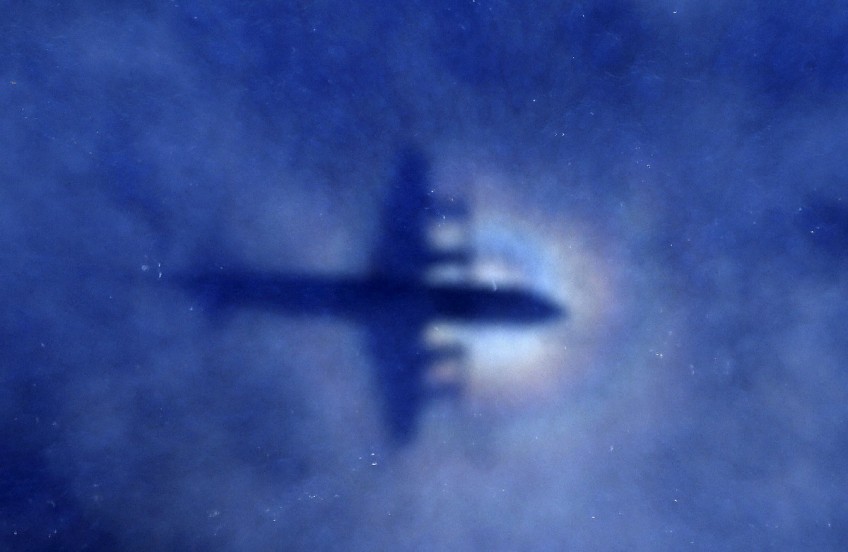Currents consistent with Reunion debris being from MH370

SYDNEY/NEW YORK - Vast, rotating currents sweeping the southern Indian Ocean could have deposited wreckage from a missing Malaysia Airlines passenger jet near Africa, thousands of kilometres from where it is thought to have crashed, oceanographers said on Thursday.
France's air crash investigation agency is studying a piece of plane debris found on Reunion Island, off the east coast of Madagascar, to determine whether it came from Flight MH370, which disappeared without a trace 16 months ago with 239 passengers and crew on board.
If confirmed to be part of the missing Boeing 777, experts will try to model its drift to retrace where the debris could have come from, although they cautioned it was unlikely to help in narrowing down the plane's final resting place beyond the vast swathe of ocean off Australia that has been the focus of the search for months.
"This wreckage has been in the water, if it is MH370, for well over a year so it could have moved so far that its not going to be that helpful in pinpointing precisely where the aircraft is," Australian Deputy Prime Minister Warren Truss told reporters.
"It certainly would suggest the search area is roughly in the right place."
Australia has been leading a search for the plane since analysis of a series of faint satellite "pings" from the aircraft led investigators to conclude that it crashed in the stormy southern Indian Ocean about 2,000 km southwest of Perth.
OCEAN CURRENT MODELS
Models of ocean currents were consistent with the potential discovery of debris in the tropics, roughly 3,700 km to the northwest, oceanographic experts said.
A huge, counter-clockwise current, called a gyre, covers much of the southern part of the 70.5 million sq km (27.2 million sq miles) Indian Ocean, running east along the Southern Ocean near Antarctica, up the west Australian coast and westward below the equator towards Reunion and Madagascar, before turning south.

"Our model results that we did last year predicted that within 18-24 months after the crash, it was a possibility that it would have ended up within that region," said Charitha Pattiaratchi, Professor of Coastal Oceanography at the University of Western Australia.
The point of origin "will definitely be in the Southern Hemisphere, it would be to the east, it would cover definitely the area of the physical search at the moment", he added.
That physical search, now halfway to being completed, covers 120,000 sq km of sea bed.
Pattiaratchi's modelling shows debris could drift as far west as Madagascar within two years but also as far east as Tasmania or beyond.
BARNACLE CLUES
Dave Gallo, who co-led the search for Air France Flight 447 that crashed in the Atlantic Ocean in 2009, warned that retracing the debris' drift through sea-current models could lead investigators astray. "Retro-drifting" from wreckage found just five days after the Air France crash led to no breakthrough, he said.
"We spent two months in that area and found absolutely nothing. That brought mistrust from the industry," said Gallo, director of special projects at the Woods Hole Oceanographic Institution.
"Looking at something that is 500 days old is going to be tough."
Further clues might yet come from the debris. Experts can age the barnacles that attach themselves to flotsam, which would give an idea of how long it had been in the water. They may even be able to tell which part of the ocean it has come from by the species of barnacles attached.
If confirmed to be from MH370, the discovery would be a significant boost for the search, helping rule out some of the more bizarre conspiracy theories and raising the prospect of more debris being found in the same area.
"When we first started there wasn't a single bit of tangible evidence that there was a plane there at all," said Gallo. "It could have been in the mountains It could have been any place."